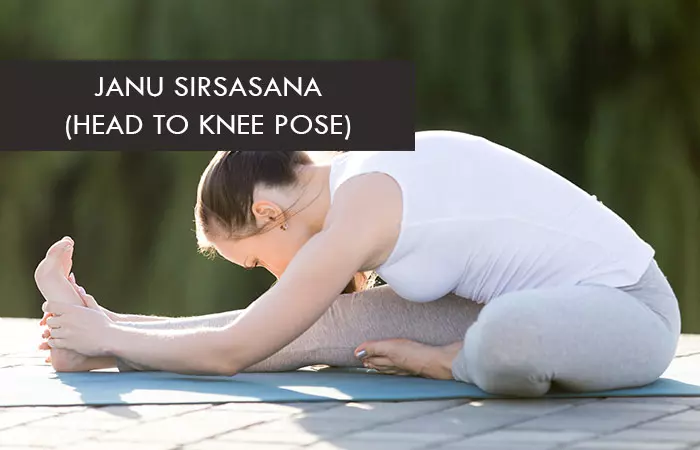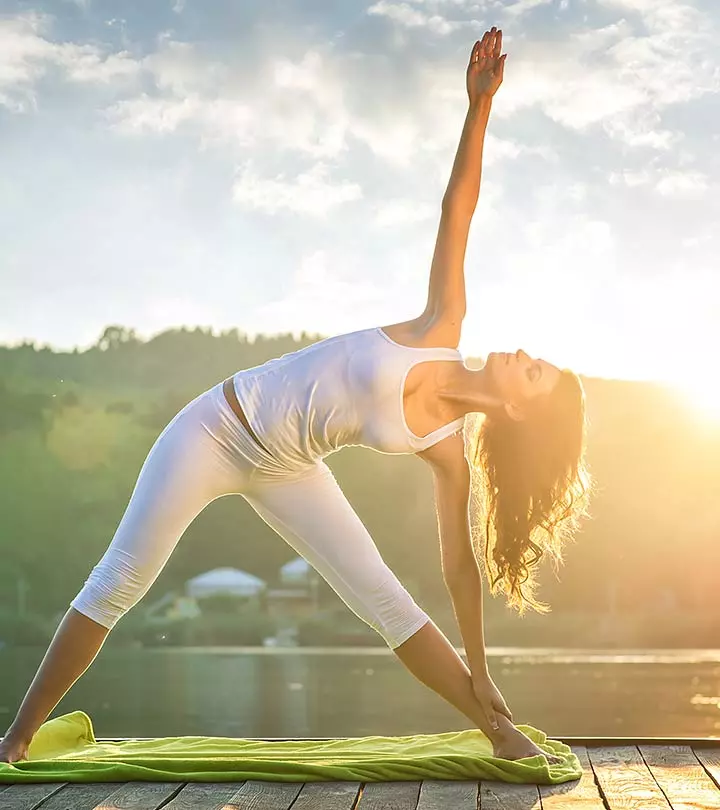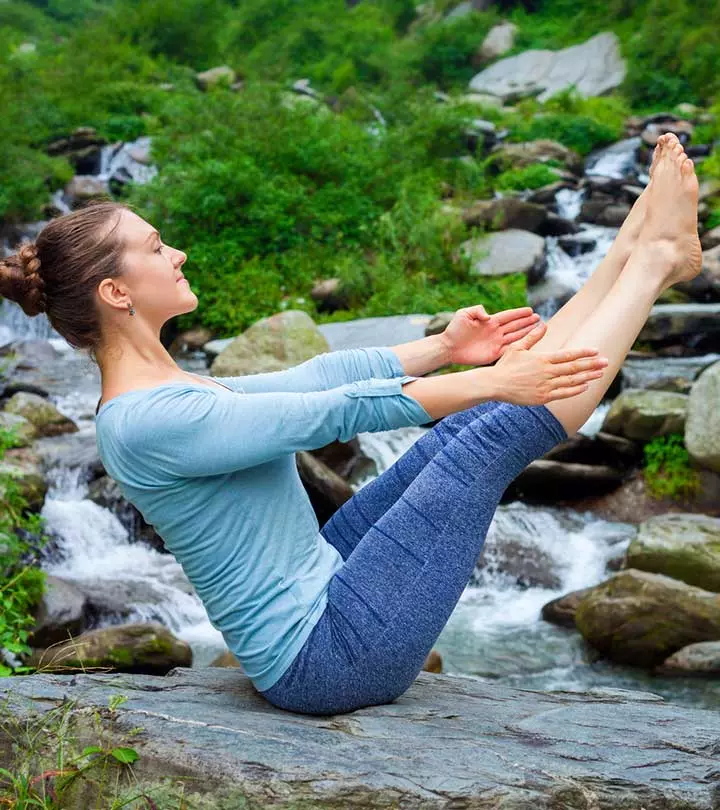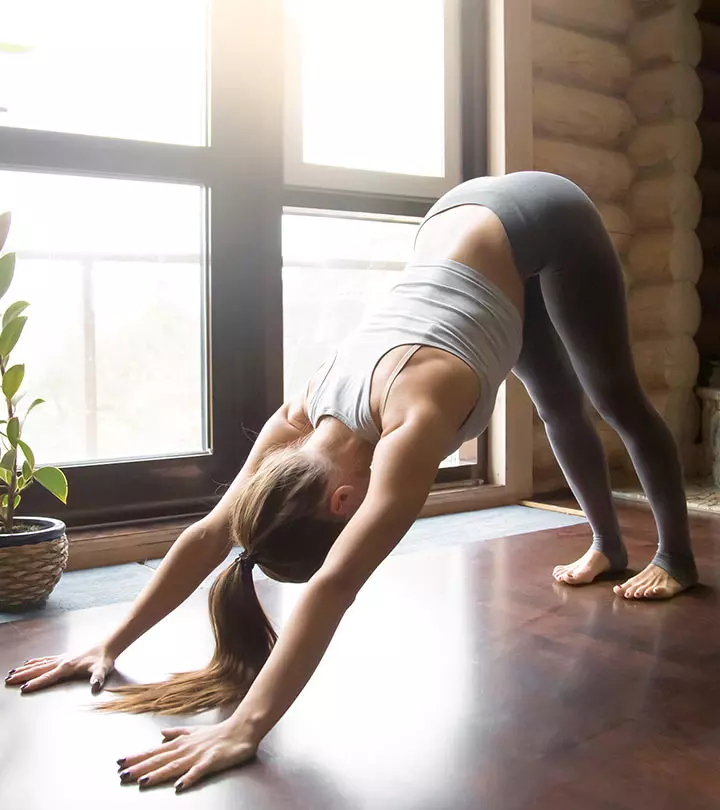7 Baba Ramdev Yoga Poses For Leading A Healthy Life
Discover powerful daily stretches inspired by ancient wisdom to boost vitality and wellness.

Image: SHutterstock
Good health is what we all wish for. If you are not careful, disease and weakness can quickly pull you down. To avoid that and make your life active and enthusiastic, continually keeping a check on your health is crucial. Along with adequate sleep and nutritious food, exercise is essential, and here are 7 Ramdev Baba Yoga poses that are perfect to boost your health. Scroll down to find them.
Before that, let’s learn about Baba Ramdev.
Who Is Baba Ramdev?
Baba Ramdev is a yoga master, spiritual guru, and a public figure in India. He runs an Ayurvedic chain of products under the brand name Patanjali and takes part in political gatherings. He began learning yoga from a very young age and soon became an expert in it. Initially, he started taking yoga classes and gained popularity through a morning slot in a TV channel. And soon, he spread his wings to yoga camps. These yoga camps are covered vividly by the media, with even celebrities attending them. As a result, yoga became popular in India, and Baba Ramdev devised a style of his own to help people keep healthy.
Following are some of them. Take a look and try the asanas.
Baba Ramdev Yoga Poses For Health
Health is wealth, they say. The following yoga asanas will take care of your overall well-being. Instead of postponing your yoga practice every day, learn theses asanas right away and start practicing them for a healthier life.
- Malasana (Garland Pose)
- Vajrasana (Diamond Pose)
- Ustrasana (Camel Pose)
- Janu Sirsasana (Head To Knee Pose)
- Chakrasana (Wheel Pose)
- Viparita Karani (Inverted Lake Pose)
- Shavasana (Corpse Pose)
1. Malasana (Garland Pose)
Malasana or the Garland Pose is essentially a squat. Back in the day, there was a practice of sitting in the squat position. But now, with chairs, that has gone, leading to problems. Practice Malasana on an empty stomach early in the morning. It is a beginner level Hatha yoga asana. Hold it for at least 60 seconds.
Health Benefits Of Malasana
Malasana strengthens the ankles and neck and increases mobility in the hips. It improves metabolism and reduces tiredness and fatigue. It enables smooth blood flow into the pelvis. It also stretches the back muscles and cures backache. It is an ideal asana for prenatal yoga.
To know more about the asana and how to do it, click here: Malasana
2. Vajrasana (Diamond Pose)
Vajrasana or the Diamond Pose is a kneeling pose that is believed to make you strong like a diamond with regular practice. Unlike many other yoga asanas, it is best to practice Vajrasana after having a meal. It is a beginner level Vinyasa yoga asana. Hold Vajrasana for 5 to 10 minutes.
Health Benefits Of Vajrasana
Vajrasana is good for digestion. It tones your hips and gets rid of constipation. It increases blood circulation in the body and helps you relax. The pose also cures urinary problems and joint aches. It makes the lower body flexible and tones your calf muscles.
To know more about the asana and how to do it, click here: Vajrasana
3. Ustrasana (Camel Pose)
Ustrasana or the Camel Pose is an asana that is a deep backbend in the kneeling position. ‘Ustra’ means camel in Sanskrit, and hence the name Camel Pose. Practice it in the morning on an empty stomach and clean bowels. It is a beginner level Vinyasa yoga asana. Hold it for 30 to 60 seconds.
Health Benefits of Ustrasana
Ustrasana reduces fat in the thighs and opens up the hips. It strengthens and stretches your shoulders. It improves posture and the excretion process. The pose strengthens arms and legs. It opens up the chest and improves respiration. It also releases tension in the ovaries and stimulates the endocrine glands.
To know more about the asana and how to do it, click here: Ustrasana
4. Janu Sirsasana (Head To Knee Pose)
Janu Sirsasana or the Head To Knee Pose is a seated pose where the head touches the knee. Practice Janu Sirsasana in the mornings or evenings on an empty stomach. It is a beginner level Ashtanga yoga asana. Hold it for 30 to 60 seconds.
Health Benefits Of Janu Sirsasana
Janu Sirsasana calms the brain and relieves mild depression. It also stretches the spine and groin, increases the flexibility of the legs, and stimulates the liver and kidneys. The pose cures headache and menstrual discomfort. It is therapeutic for high blood pressure and insomnia.
To know more about the asana and how to do it, click here: Janu Sirsasana
5. Chakrasana (Wheel Pose)
Chakrasana or the Wheel Pose is an asana that looks like a wheel when assumed. This asana is also a favorite pose in gymnastics. Practice it in the morning on an empty stomach or in the evening after a gap of 4 to 6 hours from your last meal. Chakrasana is a beginner level Ashtanga yoga asana. Hold it for 1 to 5 minutes.
Health Benefits Of Chakrasana
Chakrasana is good for the heart, and it strengthens the pancreas. It helps with infertility and asthma. It strengthens the arms, legs, hands, wrists, buttocks, and the spine. It also stimulates the thyroid and pituitary glands. Chakrasana energizes the body and eliminates depression.
To know more about the asana and how to do it, click here: Chakrasana
6. Viparita Karani (Inverted Lake Pose)
Viparita Karani or the Inverted Lake Pose requires you to put your legs up the wall. Therefore, it is also called Legs Up The Wall Pose. Practice Viparita Karani early in the morning on an empty stomach and clean bowels. The pose is a beginner level Hatha yoga asana. Hold it for 5 to 15 minutes.
Health Benefits Of Viparita Karani
Viparita Karani improves blood flow to all parts of the body. It reduces menstrual cramps and swollen ankles and spruces up tired feet and legs. The pose helps in curing problems of the eyes and ears. With regular practice, this asana has an anti-aging effect on the practitioner.
To know more about the asana and how to do it, click here: Viparita Karani
7. Shavasana (Corpse Pose)
Shavasana or the Corpse Pose is an asana that requires you to stay still like a dead body. It might look easy but can be quite a challenge to stay still. Shavasana is usually practiced at the end of a yoga session, for which your stomach should be empty. Otherwise, it is not a necessity. Make sure you don’t fall asleep in the asana. The pose is a beginner level Ashtanga yoga asana. Stay in the asana for 10 to 12 minutes.
Health Benefits Of Shavasana
Shavasana relaxes the whole body and releases stress, fatigue, and anxiety. It cures insomnia and improves concentration. The pose stimulates blood circulation and relaxes your muscles. It is good for those suffering from diabetes, constipation, indigestion, and asthma.
To know more about the asana and how to do it, click here: Shavasana
Frequently Asked Questions
Should I forego alcohol and non-veg for practicing yoga?
The yoga philosophy does not encourage alcohol or non-veg, but it leaves it to the choice of the practitioner. Consuming them in moderation is recommended for good results.
How much time should I allot for practice yoga?
Initially, half an hour to one hour is recommended to practice yoga.
As they say, good things don’t come easy, and good health too doesn’t come easy. It needs planning, work, and dedication. Yoga asanas are one aspect that will have a tremendously positive effect on your body and mind. So, what’s keeping you from trying them? Come on, go ahead and practice them.
Read full bio of Shirin Mehdi
































Community Experiences
Join the conversation and become a part of our empowering community! Share your stories, experiences, and insights to connect with other beauty, lifestyle, and health enthusiasts.